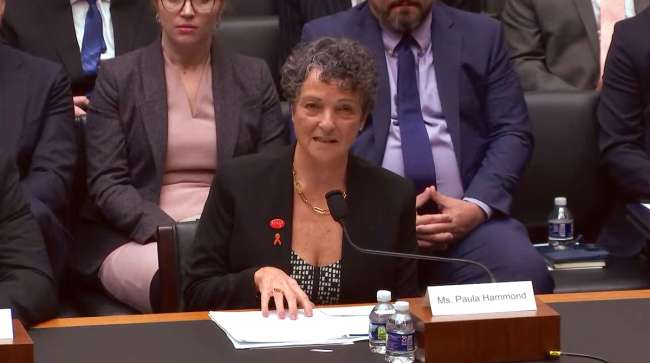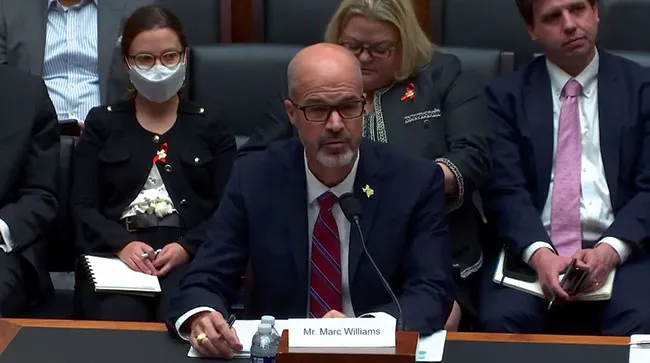Senior Reporter
Transportation Stakeholders Highlight Safety, Technology

[Stay on top of transportation news: Get TTNews in your inbox.]
Stakeholders representing transportation agencies and the private sector recently reminded federal lawmakers of ongoing concerns related to safety and the advancement of emerging technologies.
The American Association of State Highway and Transportation Officials and the American Road and Transportation Builders Association were among groups calling on Congress to continue focusing on improving safety programs and technological capabilities along freight corridors.
The Highways and Transit Subcommittee met for an oversight hearing related to the implementation of the $1.2 trillion Infrastructure Investment and Jobs Act.
“AASHTO and its members will continue to promote known infrastructure-based opportunities — and to identify new ones — to address the variety of factors contributing to crashes and the roadway safety needs of all road users,” Marc Williams, executive director of the Texas Department of Transportation, told the House panel March 28. He is on the board of directors of the American Association of State Highway and Transportation Officials.

Williams testifies before the panel. (T&I Committee Republicans via YouTube)
“AASHTO’s councils and committees continuously identify best practices to share among the states so that we can continue to learn from one another and spread good ideas around the country,” Williams added.
“Ensuring a safe workplace for the thousands of men and women tasked with building mobility and safety enhancements provided by the IIJA is ARTBA’s top priority,” said Paula Hammond, chairwoman of the American Road and Transportation Builders Association.
“As the IIJA supports thousands of new projects, there will also be an increased number of work zones, resulting in increased risk exposure for workers. The transportation construction community is committed to doing its part to mitigate an increase in the number of safety-related incidents,” she continued.
Stakeholders cited National Highway Traffic Safety Administration data estimating that nearly 43,000 traffic fatalities occurred in 2021, marking a 10.5% increase from the previous year.
Want more news? Listen to today's daily briefing above or go here for more info
Specific to technology matters, Williams proposed embracing a big-picture perspective on emerging applications in the transportation landscape. He observed, “As technology and innovation advance, and public expectations and demands for more nimble service delivery rise, agencies will need to reimagine their workforce.”
“State DOTs’ constituents are increasingly demanding transparency, accountability, increased personalized communication, and on-demand service delivery,” he went on. “The new technologies associated with this work require different skill sets and competencies than those of traditional state DOT employees. Additionally, as the new generation entering the workforce seeks agility and innovation, and brings a service-delivery mindset, state DOTs need to adjust to the culture of the new workforce to recruit and retain these employees.”
Rep. Rick Crawford (R-Ark.), the subcommittee’s chairman, pledged to enhance the oversight approach of the Biden administration’s implementation of the bipartisan infrastructure law. “IIJA significantly increased funding for existing programs, created new programs with new eligibilities, and increased, by nearly 500%, the amount of competitive grant funding the [Transportation] secretary will award,” he observed.
“Given the significant funding and discretion provided to the secretary, it is essential that Congress performs its oversight role to ensure efficient and effective use of taxpayer dollars, and to ensure that the administration is implementing IIJA consistent with the letter of the law,” the chairman added, noting that agencies such as the Federal Highway Administration and the Federal Transit Administration have distributed more than $150 billion in formula funding to transportation agencies.




